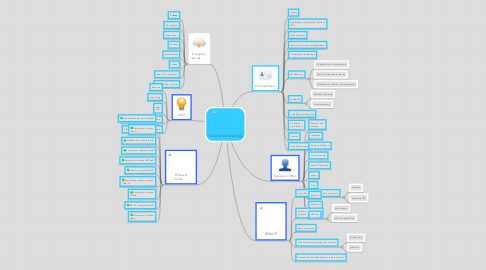Cloudcomputing
by Emilio De Baudringhien


1. Dangers / Issues
1.1. Privacy
1.2. Compliance
1.3. Legal issues
1.4. Security
1.5. Sustainability
1.6. Abuse
1.7. lack of IT governance
1.8. Open source software
2. Why?
2.1. Safe use
2.2. Low Costs
2.3. Easy use
2.4. Easy maintenance by cloud providers
2.5. Always up-to-date with new software
3. Different kinds
3.1. Infrastructure as a service (IaaS)
3.2. Platform as a service (PaaS)
3.3. Software as a service (SaaS)
3.4. Storage as a service (STaaS)
3.5. Security as a service (SECaaS)
3.6. Data as a service (DaaS)
3.7. Test environment as a service (TEaaS)
3.8. Desktop as a service (DaaS)
3.9. API as a service (APIaaS)
3.10. Backend as a service (Baas)
4. Characteristics
4.1. Agility
4.2. Application programming interface (API)
4.3. Reduced costs
4.4. Device and location independence
4.5. Virtualization technology
4.6. Multitenancy
4.6.1. Centralization of infrastructure
4.6.2. Peak-load capacity increases
4.6.3. Utilisation and efficiency improvements
4.7. Reliability
4.7.1. business continuity
4.7.2. disaster recovery
4.8. Scalability and elasticity
4.9. monitored performance
4.10. Security
4.11. Easy Maintenance
5. What?
5.1. complete package delivered as a service
5.1.1. software
5.1.2. hardware
5.2. Delivery over a network (internet)
5.2.1. web browers
5.2.2. Mobile applications
5.3. Remote services
5.4. Cloud providers manage and maintain
5.4.1. infrastructure
5.4.2. platforms
